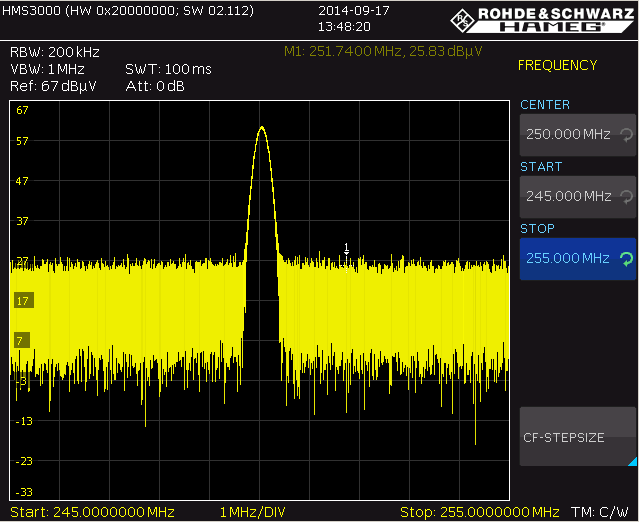My PCB has been suffering with 25 MHz and 50 MHz harmonics radiation emission.
I am using STM32F207 microcontroller operating with 8 MHz crystal.
I am interfacing MAC in microcontroller to PHY (LAN8720A) through RMII.
LAN8720A PHY operating with 25 MHz crystal. It generates 50 MHz reference clock to microcontroller.
Even though CAT5 cables were not connected to RJ45 connector, PCB is generating the radiation emission.
How can I arrest this radiation?
We followed LAN8720 layout guidelines, but we faced radiation emission. Even though LAN8720A development board also generated radiation emission.
Please suggest how to route 50 MHz reference clock from PHY to microcontroller.
How do I arrest the radiation emission? My PCB is exactly the same as the LAN8720 development board.
You can see in the below link:
http://www.microchip.com/DevelopmentTools/ProductDetails.aspx?PartNO=evb8720
Observed points: When 25 MHz crystal pins are shorted with wire, there is no radiation.



